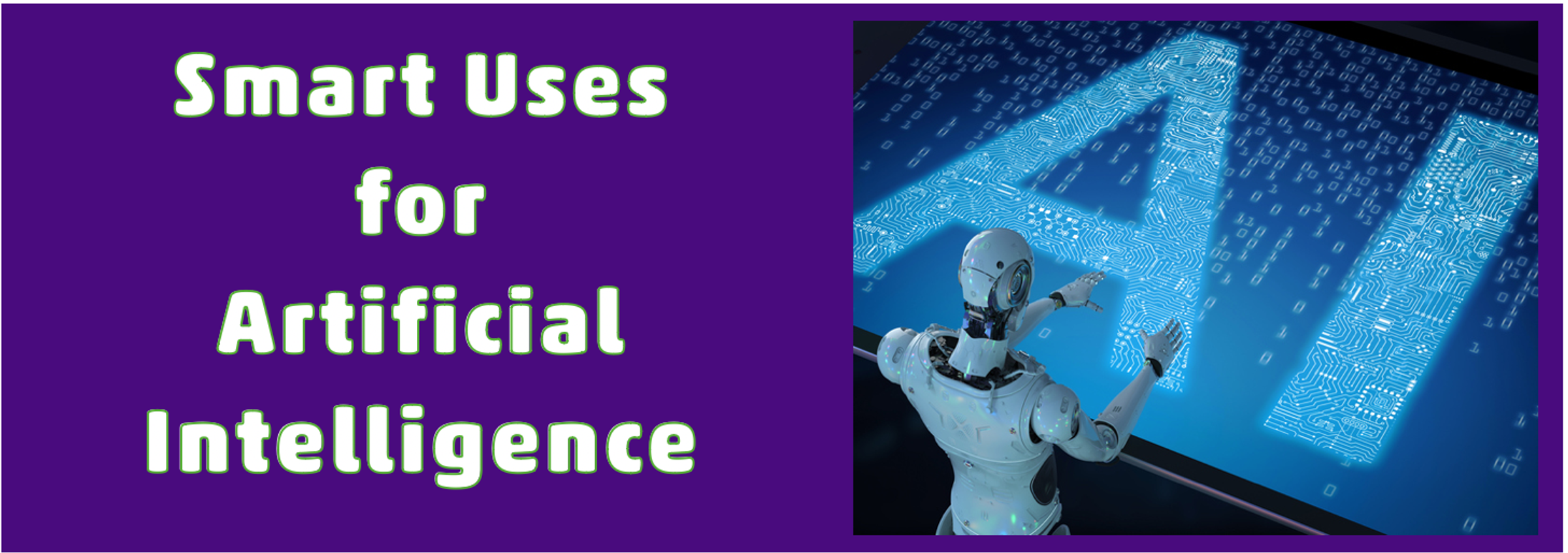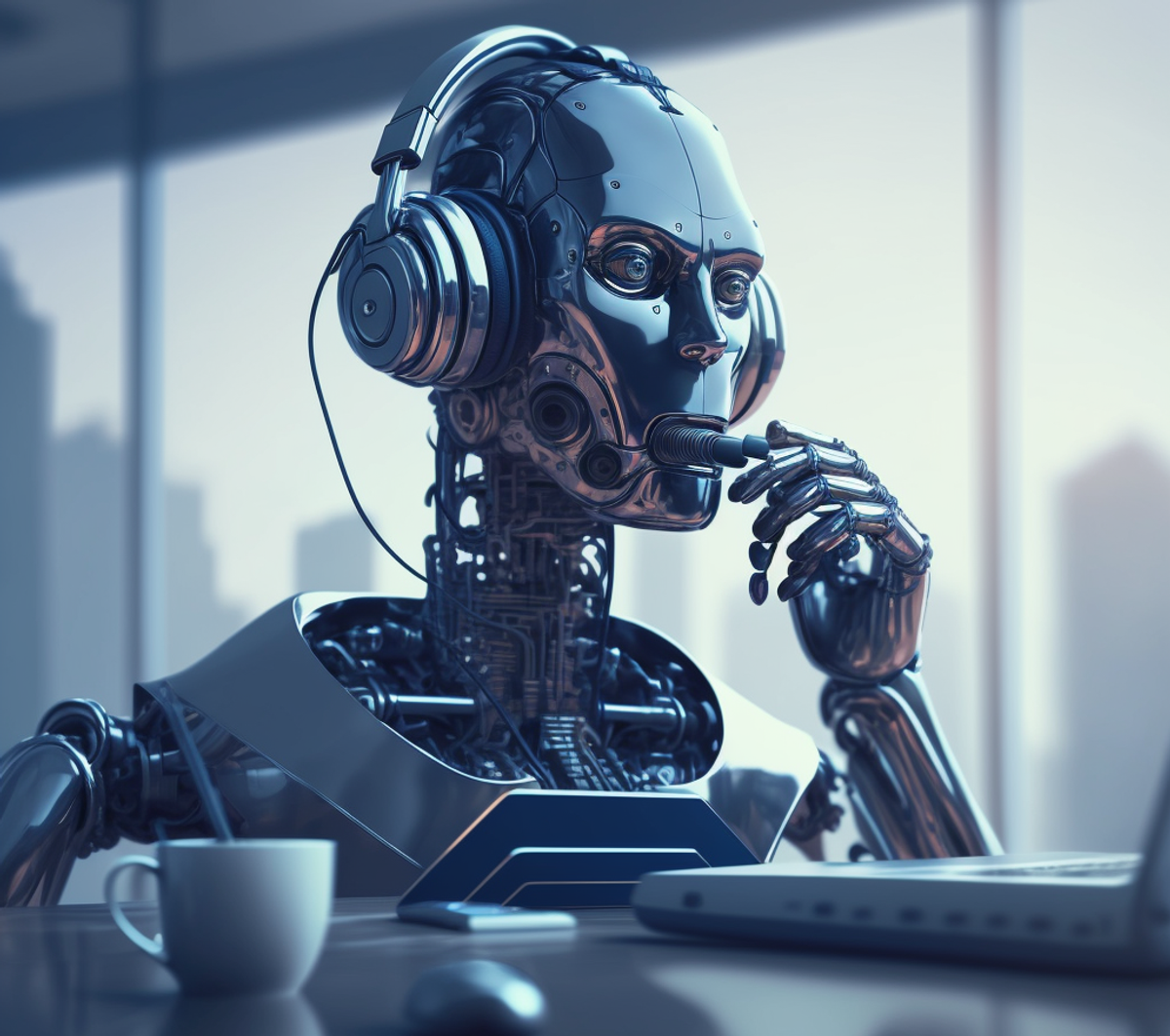More on ChatGPT :

Until 2019, believe it or not, the US nuclear weapons program ran on 8-inch floppy disks. As of today, there are still quite a few technologies that rely on floppies: Boeing 747 jets. Part of the San Francisco public transit system. And — on a slightly less concerning, but no less amusing note — the performing animatronic creatures at Chuck E. Cheese restaurants.
It took only 10 years from when Edison first revealed the electric bulb and electrical system until New York City had switched almost completely from gas to electric lighting. It is hard to imagine that happening today. Indeed, there is growing evidence that the pace of scientific development, and the speed at which productivity has been improving, has slowed down in recent decades.
But everything changed in November with the release of ChatGPT. It completely turned all of my expectations about the adoption of AI technologies on their head. Specifically:
- It was widely released to individuals, effectively for free, and was the fastest technology to reach 100 million users.
- It required no additional technology, platform, or process to be effective.
- There was no organizational advantage in adoption. No company had a chance to try the technology first and build out an instruction manual; there was no easy way (and many barriers) to using the technology as part of a team or organizational setting. Anyone could discover how to use it in the work and could tell people, or not, about how they were adopting it.
- Early signs were that it makes an immediate difference in personal productivity.
The current situation is truly unprecedented. We are seeing widespread adoption of a technology that has the potential to significantly boost individual productivity but which is not yet being fully utilized by organizations. Recent research is starting to show us just how big a deal this is.
Really, we should be spending time figuring out how to use these general-purpose tools to our advantage. We should be thinking about how to automate jobs to remove the tedious and uncreative parts and gain a sense of the disruption to come before the organisations we work for realise the full implications of AI.
We are in the early days of AI, but disruption is already happening. There’s no instruction manual. No one has answers yet. The key is for us to learn fast.

